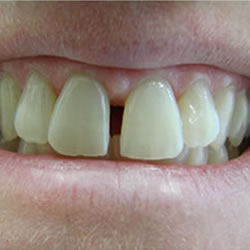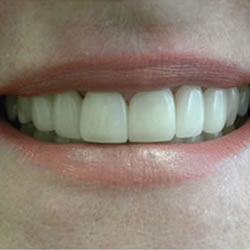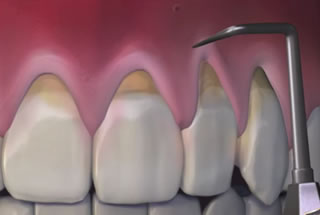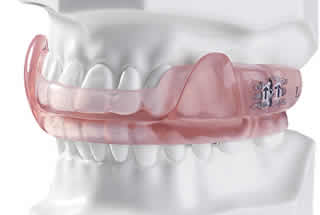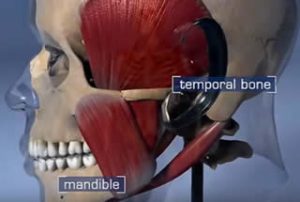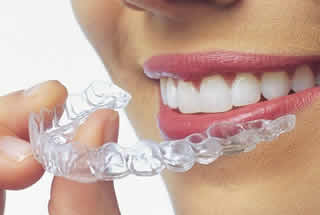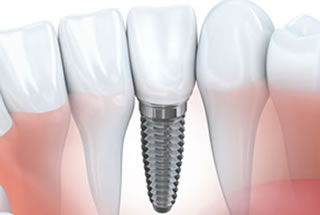the past, dentistry usually involved waiting for cavities to develop and then drilling the decay so that the area could be filled. Over time, that filling might wear down, which could lead to the need for a crown. Although this system did repair damage to teeth, it did little to prevent damage and decay before they occur.
Minimally invasive dentistry not only focuses on disease prevention, but it also encourages patients to achieve optimal oral health. Research has linked dental health to overall wellbeing, so having a strong, healthy smile can have an impact on your whole body wellness. Most dentists now focus on educating patients on the importance of protecting their teeth and gums.
Modern advances allow your dentist to analyze your risk for issue like gum disease and tooth decay before the problems actually develop. If the dentist sees signs of potential trouble, your dentist can recommend steps that will help get your oral health back on track. For example, if you have swollen or bleeding gums, these symptoms can indicate the early stages of gum disease. Thorough brushing, regular flossing, and special rinses can help curb the problem before it gets out of hand.
When issues do arise, minimally invasive dentistry also attempts to use the most conservative option available to correct the problem. While repairing decay, for instance, your dentist would likely choose a composite filling as opposed to a metal amalgam because all-white fillings require less removal of healthy tooth structure. As well, they don’t crack or leak over time, which can create the need for further repairs.
Dr. Yolanda Cruz dentistry – Minimally Invasive Dentistry – Toronto Canada Dentist

 E-Mail Us
E-Mail Us  416-595-5490
416-595-5490